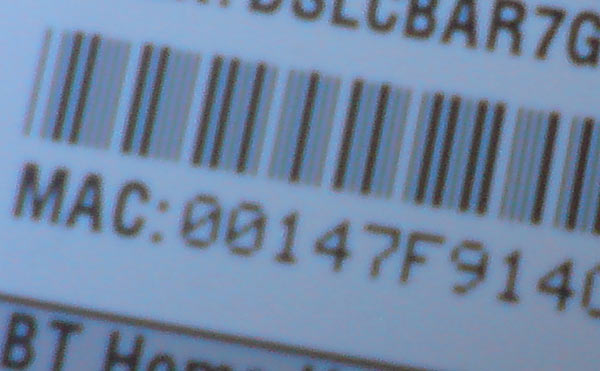 As someone posted in a comment of one of my former article (nohup, bg e disown), i’ve forget a command: setsid, while talking about the possibility of detach a process from a terminal or a shell
As someone posted in a comment of one of my former article (nohup, bg e disown), i’ve forget a command: setsid, while talking about the possibility of detach a process from a terminal or a shell
man setsid
setsid - run a program in a new session
The main difference i see from nohup is that you “lost” your standard output, but for some programs this could be normal or acceptable.
Basic usage:
For example run a script called ~/src/compile.all on a remote machine:
ssh your.remote-box.com
setsid ~/src/compile.all
logoff (or < ctrl > D)
it’s also possible to pass arguments with setsid command:
setsid /usr/bin/totem '/path/to/my/file.avi'




